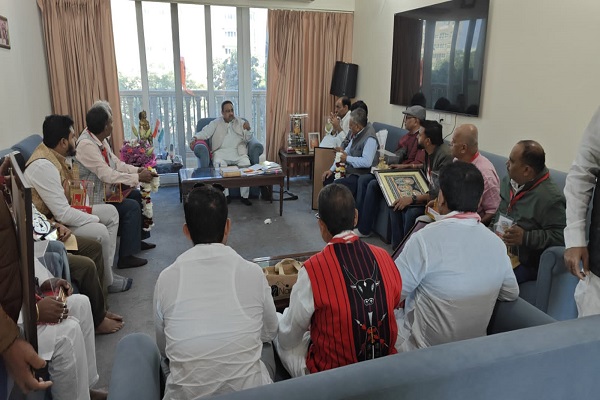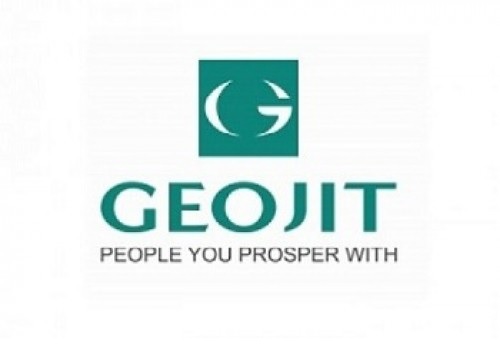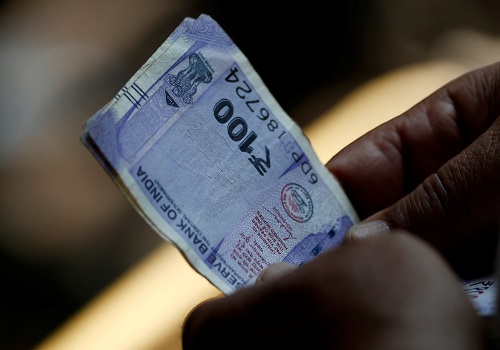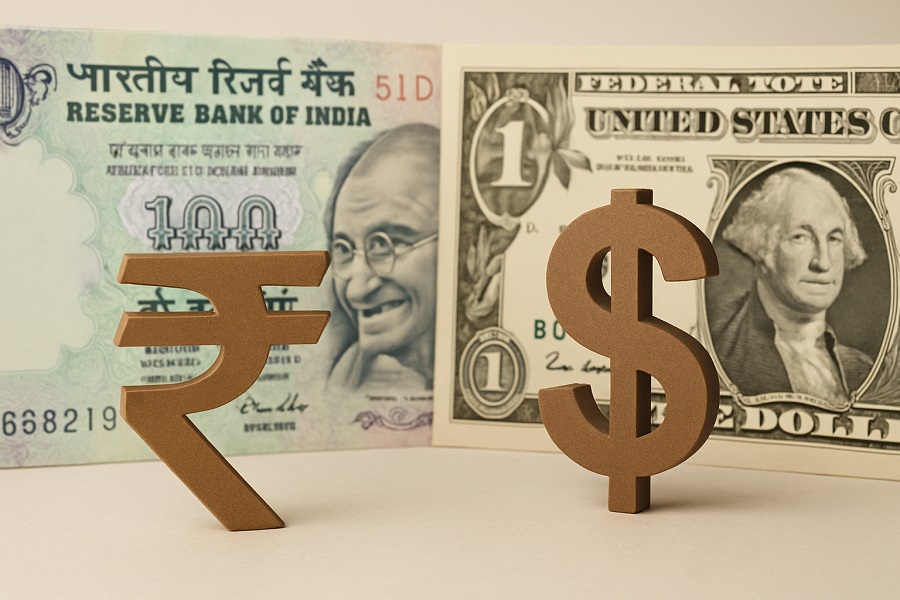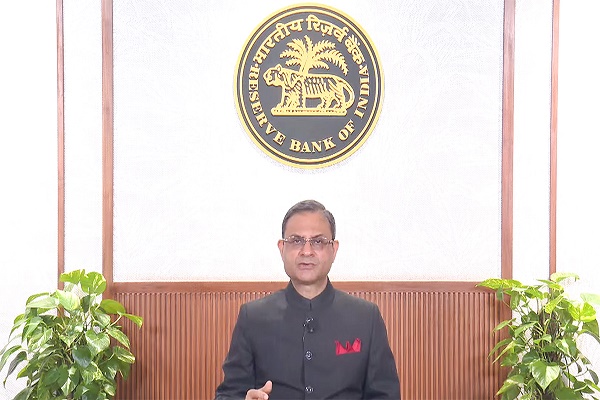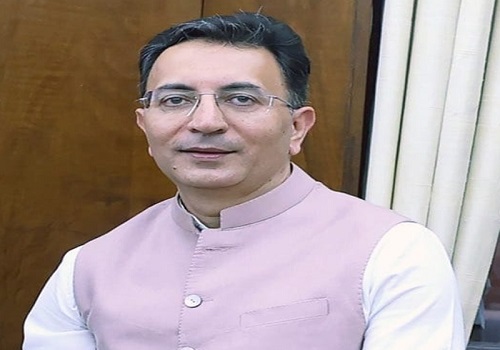RBI`s 50 bps Rate Cut Set to Trigger Major Turnaround in Housing Sales

India’s housing market is poised for a significant sales resurgence, fueled by the Reserve Bank of India’s latest 50 basis points repo rate cut. This brings the cumulative rate reduction in 2025 to 100 bps—creating an enabling environment for homebuyers, particularly in the Rs.2–5 crore segment that is seeing rising traction from aspirational end-users and upgrade seekers.
The policy easing comes at a strategic juncture. With this rate cut, banks are expected to lower home loan rates to sub-8% levels—restoring affordability and unlocking pent-up demand across metros and tier-1 corridors. According to ANAROCK, homes priced between Rs.1.5 crore and Rs.3.5 crore accounted for nearly 25% of overall housing sales in India’s top 7 cities in Q1 2025, up from 18% two years ago. The Rs.2–5 crore bracket has now emerged as the fastest-growing price segment.
Mr. Ravi Aggarwal, Co-Founder & Managing Director, Signature Global said, "The RBI’s decisive step will play a pivotal role in driving sales across the Rs.2–5 crore segment, which is fast emerging as the sweet spot for urban homebuyers. With improved affordability, greater financial confidence, and increasing preference for well-connected, premium residential offerings, we expect a strong sales surge in the coming quarters,"
Key micro-markets such as Dwarka Expressway and Southern Peripheral Road & South of Gurugram in Gurugram, Thane and Powai in Mumbai, North Bengaluru, and emerging hubs in Pune and Hyderabad are expected to witness a significant spike in walk-ins, bookings, and closures in the coming quarters. These corridors have seen rising launches in the Rs.2–5 crore price band, with developers introducing upgraded offerings featuring larger floor plates, modern amenities, green ratings, and flexible payment options—all of which align with evolving buyer preferences.
The affordability equation has tilted strongly in favour of buyers. For a Rs.2.5 crore home loan, the reduction in interest rates can result in total savings of Rs.35–40 lakh over a 20-year tenure. Monthly EMIs could drop by Rs.10,000–Rs.12,000, depending on loan terms and lender rates. This translates to not just higher financial comfort but also faster closure of deals—improving demand velocity and shortening the purchase cycle, particularly in the mid-income & premium homebuyer category.
Residential sales across India’s top 7 cities stood at approx. 1.25 lakh units in Q1 2025, according to Knight Frank—a 9% YoY growth. New launches rose 7% in the same quarter, with nearly 30% of new supply priced above Rs.2 crore. Home loan inquiries saw a 12% increase in April–May 2025, as per CRIF High Mark, signaling strong buyer intent ahead of the rate transmission. Real estate’s share in India’s GDP is projected to grow from 7.3% in 2023 to over 10% by 2030, driven by urban housing demand and infrastructure-led expansion.
The RBI’s rate cut could serve as the single most important trigger for a housing-led consumption rebound in 2025. With strong fundamentals—rising disposable incomes, robust infrastructure growth, and demographic advantage—the Rs.2–5 crore housing category is likely to lead the next growth cycle. As lenders begin transmitting the lower rates and developers respond with premium, ready-to-move and nearing-completion inventory, the market is expected to witness one of the most sustained housing sales rallies in recent years.
Above views are of the author and not of the website kindly read disclaimer



